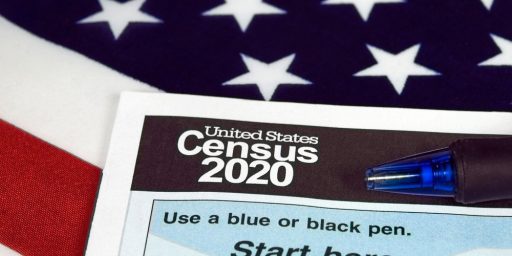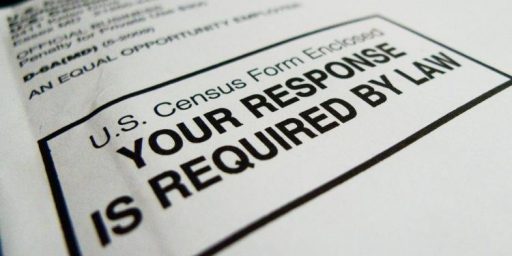8 States Ranked 49th in Education Spending
Eight states claim to be ranked 49th (that’s out of 50, for those scoring at home) in education spending. It all depends on how on does the counting.
Rankings cloud real school indicators (Arizona Republic)
It may be lonely at the top, but when it comes to education funding, Arizona has plenty of company at the bottom. Or so they say. At last count, more than half a dozen states claimed to be 49th in education funding: “The political reality is that (Florida) lawmakers are cheap and entirely too satisfied with education spending that ranks 49th of the 50 states.” St. Petersburg Times editorial, Oct. 15, 2004.
“Illinois ranks 49th in the nation in the proportion of state school funding it provides, caucus officials said.” Chicago Tribune, Aug. 13, 2004.
Add to that list, Idaho, Louisiana, Pennsylvania, Utah and, of course, Arizona.
Who’s right depends partly on what you include in education funding. For example, Census Bureau rankings include certain capital outlays. The National Education Association’s “Rankings and Estimates” and Education Week‘s “Quality Counts” exclude such funding.
Arizona’s ranking also changes considerably depending on how you define education funding. For instance, the Census Bureau ranks Arizona anywhere from 18th to 51st on 20 funding measures. Such variety makes it possible to pick and choose a state’s ranking and then put it under an ominous “education funding” headline.
What’s amusing is that so many states are actually bragging about being ranked near the bottom. This isn’t really surprising, of course, since comparative poverty is often used as an argument for more funding.
That so many states are near “the bottom,” depending on how one does the figuring, isn’t particularly surprising, either. After all, every state spends a whole lot on education. Once local costs of living are factored in, the differences are rather negligible. As Dean Esmay notes in the comments at Joanne Jacobs, most of the low spending states here are doing quite well in comparative student achievement. Presumably, this is owing to a variety of factors, including demography. But it’s also quite likely that the incremential value of money is curvilinear, diminishing after reaching a certain level.




Once local costs of living are factored in, the differences are rather negligible.
This is a very good point. If the amounts spent by the states are all approximately the same, then small variations in accounting can cause large shifts in ranking. It would be much more informative if an absolute, rather than relative, metric were used.
Having said that, cost of living may not be the best way to ensure an “apples to apples” comparison. If you exclude capital expenses, for example (which, IMHO, would be reasonable), then you should also exclude differences in housing costs, as land prices are the major component of both.
This is all about building a bully pulpit for the “increase education funding folks” to shout from in order to get more money. I think if there is one think the spending on education shows us, it is that you can’t fix problems in the system by just tossing more money at it, you have to fix what is wrong in the system.
The flip side of this is the argument that, since the state spends $X,000 per student, that the parent is somehow entitled to see that money as their own. The state spends $x,000, but the parent only pays $x00 in taxes.